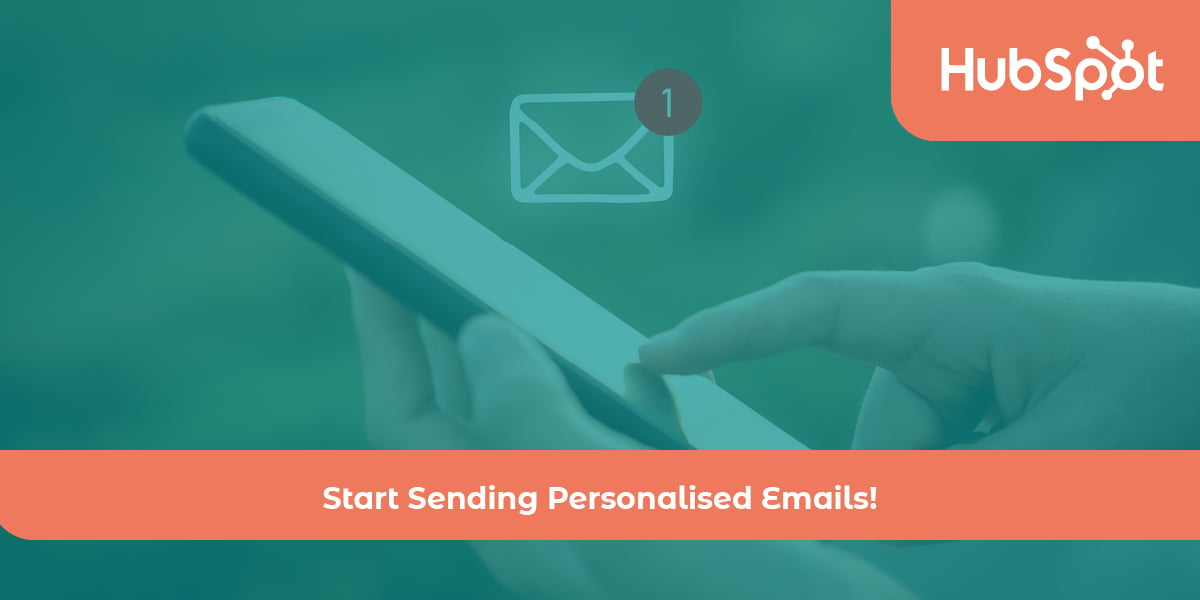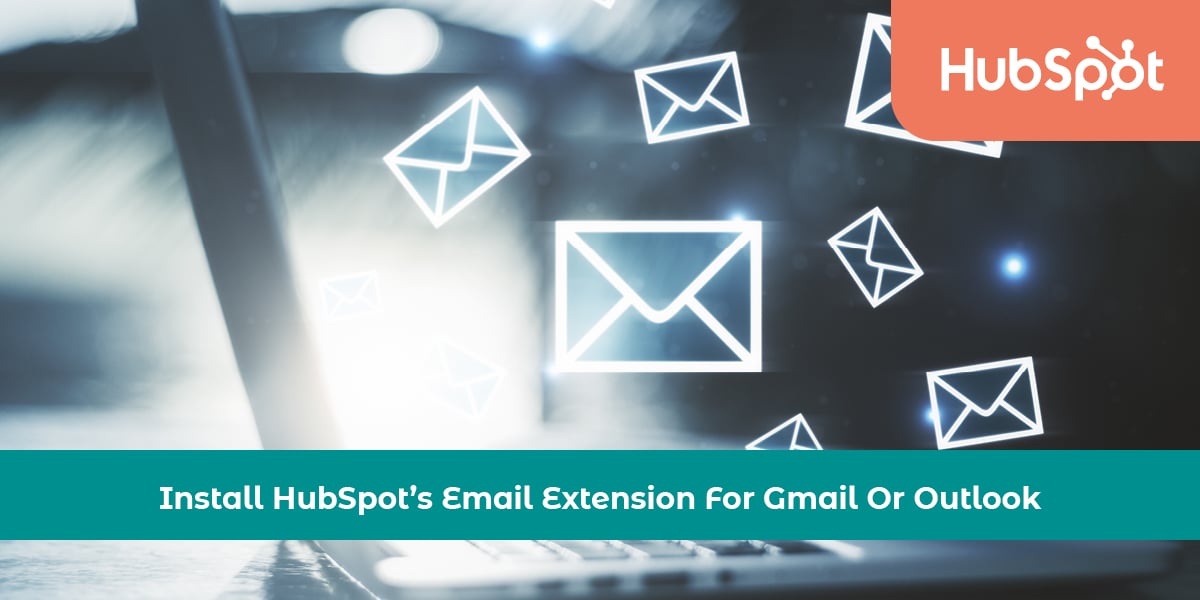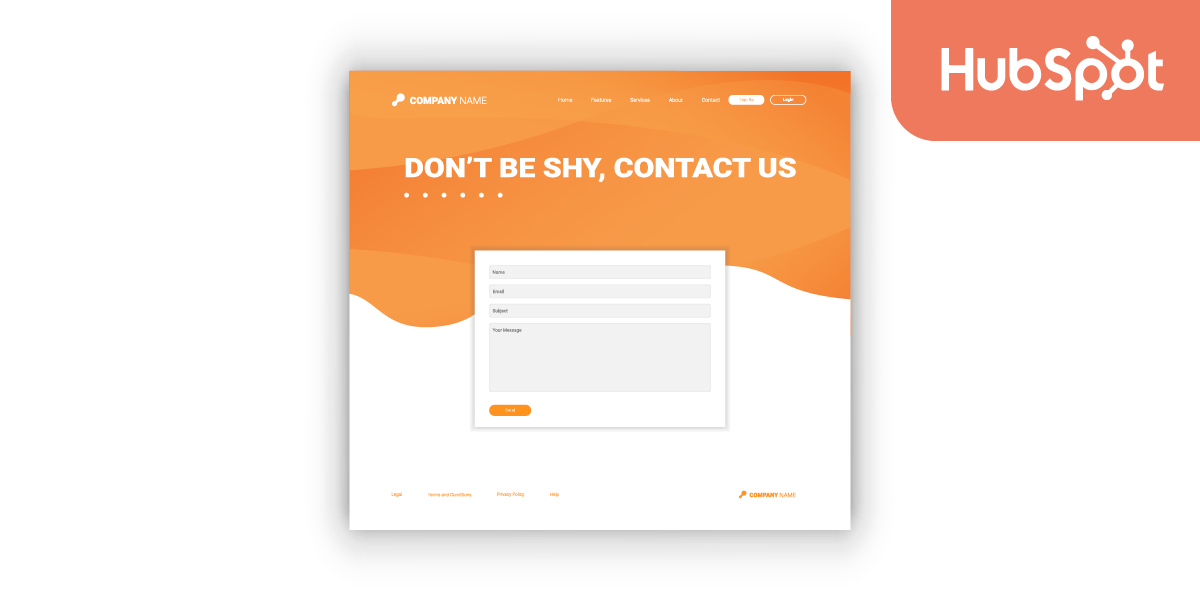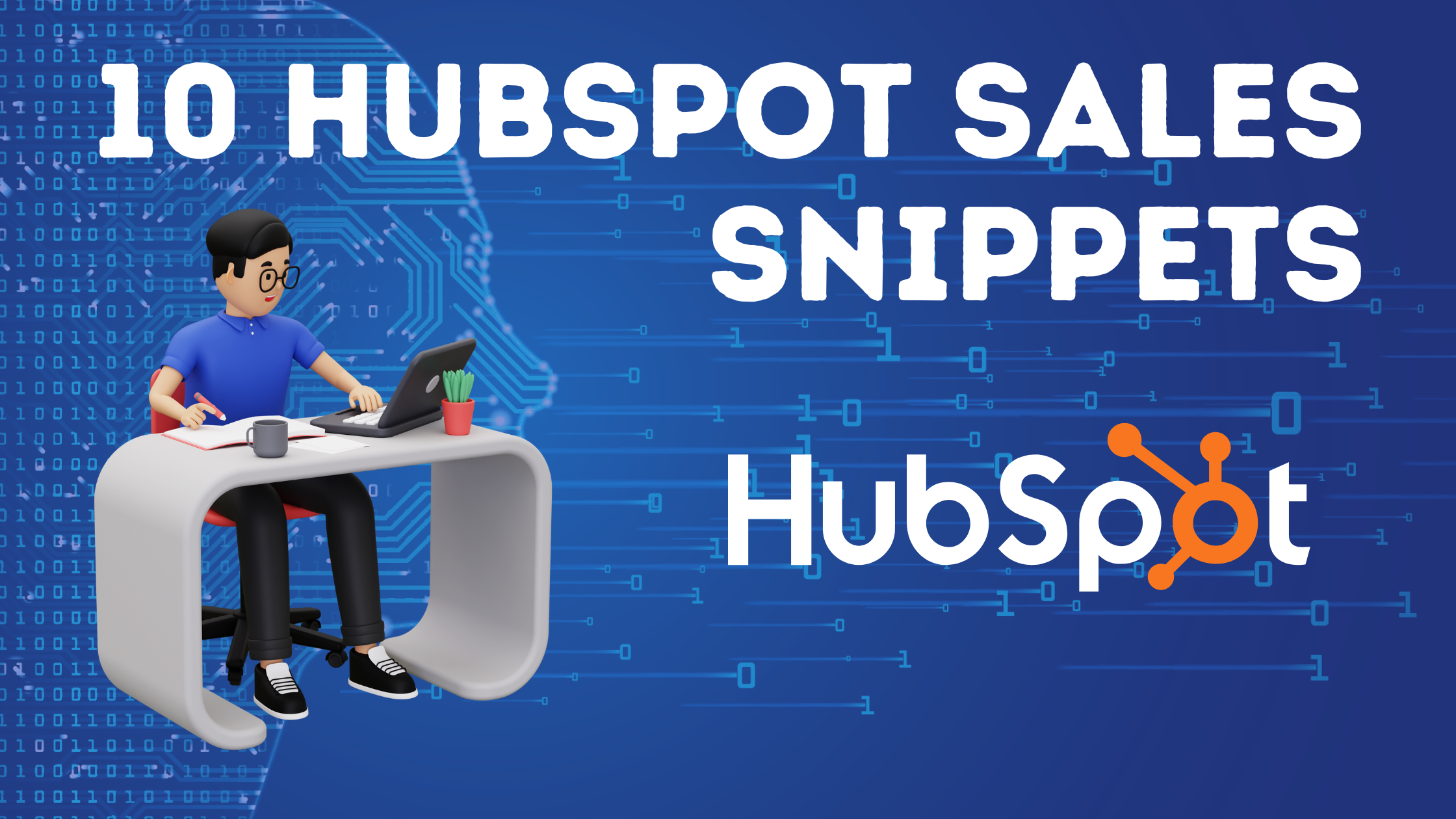Getting Started With HubSpot? Here’s What You Need To Do

Just getting started with HubSpot's free tools and wondering what the heck to do? Read on...
So, you heard about all of the amazing things that HubSpot can do for your marketing and sales teams, and signed up for their free tools to see what it's all about.
You couldn't wait to get it up and running but didn't know where to start. Sound about right?
Having guided countless clients through the free tools, we're here to steady the ship and guide you through the most important first steps you need to take to get the most out of HubSpot.
Nothing here is particularly complicated (even if you're not very techie).
Though becoming your company's HubSpot champion will make you an invaluable member of the team!
Related Post: How To Get The Most Out Of HubSpot's Free Marketing & Sales Packages
There are 5 features you should begin with when getting started with HubSpot:
- Add your HubSpot unique tracking code to your website
- Import your existing contacts (correctly)
- Start sending personalised Emails
- Install HubSpot's email extension for Gmail or Outlook
- Add HubSpot Forms to your website
 Add Your Unique Hubspot Tracking Code to Your Website
Add Your Unique Hubspot Tracking Code to Your Website
If your website isn't built on HubSpot, your unique tracking code is one of the most critical parts of your HubSpot setup.
If you don't add this piece of code, HubSpot won't be able to monitor page views, time on page and lead activity. All of the helpful analytics and reporting that probably turned your head towards HubSpot in the first place.
No, you don't have to be a developer for this.
If you're on WordPress, the process is simple. All you have to do is copy and paste the code into your footer.
Keep in mind that on HubSpot free, you only get 7-days of contact activity per contact. So make use of this data while it's coming in.
Though even 7-days gives you incredible insights as most people will visit the pages that appeal to them on their first visit.
For example:
If someone viewed our SEO page, we'd know they are interested in SEO. We can then target them with SEO focused content, increasing our chances of converting that lead.
Of course, once you upgrade all historical contact activity data is released to you.
 Import Your Existing Contacts (Correctly)
Import Your Existing Contacts (Correctly)
No doubt you were collecting leads or contacts before making the switch to HubSpot's CRM. Those contacts aren't lost.
A straightforward bulk import (via CSV) will get those leads into HubSpot, ready to be used for your email marketing and lead nurturing.
You don't have to be a tech wizard for this, HubSpot makes doing a standard contact import simple.
But, before you do your import, spend some time deciding what data is most important/useful for your marketing and sales process. Then figure out what custom contact properties you need to create based on that.
Custom properties fields are for data that doesn't fit into HubSpot’s out-of-the-box contact properties.
You can create custom property fields as you import your data, but we recommend creating these beforehand to make sure you set them up correctly.

Start Sending Personalised Emails
Email marketing is still one of the most effective ways of reaching people at scale so take advantage of HubSpot adding email marketing to the free toolkit.
The new email builder is also so simple that your gran could make professional-looking emails. God bless drag and drop.
Though, the integration of your CRM with your email marketing is the key thing here because you can personalise emails with individual contact properties for maximum effect.
If you're planning on doing personalised or segmented emails (which you should be), you need to familiarise yourself with personalisation tokens.
 Install HubSpot's Email Extension For Gmail Or Outlook
Install HubSpot's Email Extension For Gmail Or Outlook
Once you've installed HubSpot sales, some things will be slightly different when you go to compose an email.
You’ll get a handy sidebar of information about the person you're writing to, filled with info about recent conversations you've had with them and their social activities. Use to write emails that are relevant and fit the buyer's context.
You can also use templates to automatically pull information from your CRM into the body of your email to ensure your process is standardised AND optimised. This helps a lot if you deal with repetitive requests.
The feature we love the most is your ability to track when the email you send is opened. We use this notification to instantly follow up on contacts who signal they are ready to make a decision.
So make sure you tick the 'log in CRM' box to ensure a trail of your activity is recorded in your CRM as soon as messages are sent.
This will make it easy to see the context behind each contact—invaluable for when sales reps have to continue a conversation that someone else has started.
On the free version, you are limited to how many emails it tracks each month—200—so be strategic about when you tick this box (e.g. quotes/proposals). It's easy to forget and burn through them.
P.S. if you're emailing someone who isn't in your CRM, a contact will be automatically created for them—so you can spend less time on data entry and more time selling.
 Add Hubspot Forms To Your Website
Add Hubspot Forms To Your Website
If lead generation is your primary goal, the HubSpot forms should be one of the first things you set up—especially if your only lead capture is the form on the contact us page.
These are easy to build using the drag and drop builder. Just be sure to tick the box that bans free email addresses—you want business contacts only.
Ideally, you'll have some lead capture on every page. The easiest way to do this is with a pop-in form. These are forms that prompt the user to convert based on the activity they take on the page.
You can have them launch after a short time or once they scroll to a certain point. However, not everyone will stick around long enough to see it. That's why we've had the most success with Exit Prompt forms.
Navigate to Marketing > Lead Capture > Forms > Create A New Form > Pop-Up Form
If you don't have the resources to dedicate to creating downloadable content, you can package together blogs on similar content as an 'X Pack' people can download. This is a quick way to repurpose your existing content into something that generates leads.
Try to match your content offer to the context of the page. E.g. we use SEO offers on our SEO page, Inbound offers on Inbound Marketing page, and so on.
Related Post: 9 Reasons Why Your Lead Generation Stinks!

Time To Go Get It
While getting started with HubSpot can be overwhelming, rest assured that your initial pains are well worth the results you're going to get from truly diving in!
So get out there and start crushing it.


